< more recent | 22-31 March 2023 | older >
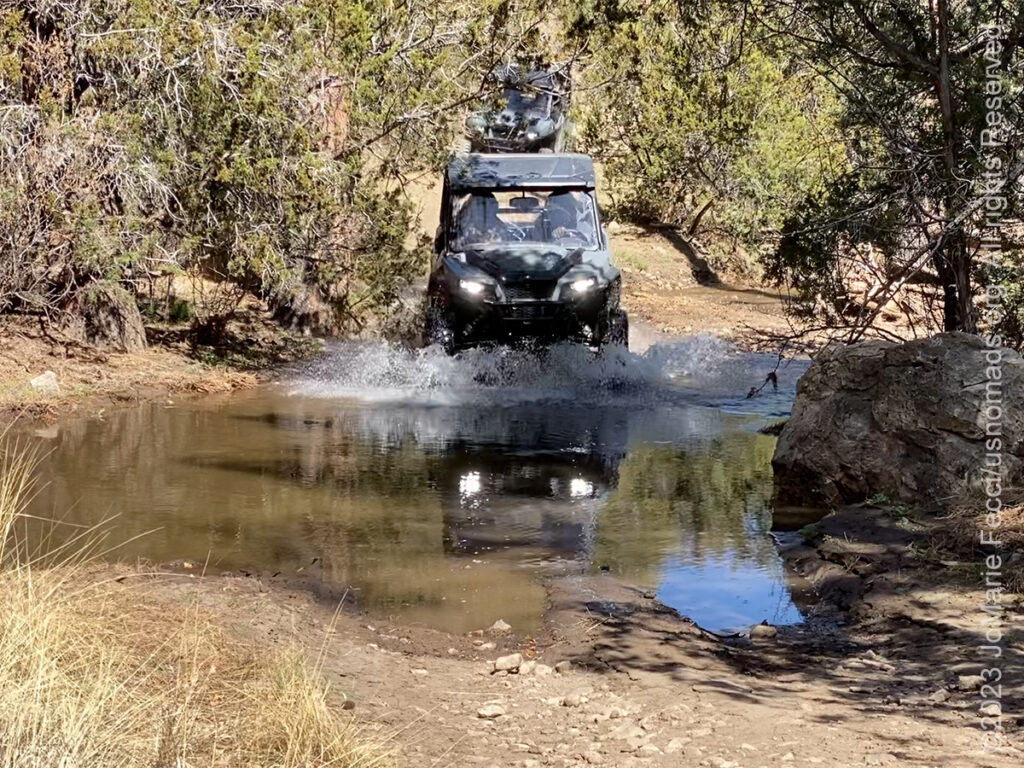
31 March 2023: Finished up the photoshoot with some SxS action on the mountain trails around Ruidoso, a fun little town that has its own herd of wild horses roaming around …
![]()
30 March 2023: Continued south in New Mexico to the town of Ruidoso and some more mountain trails (but without snow this time)…
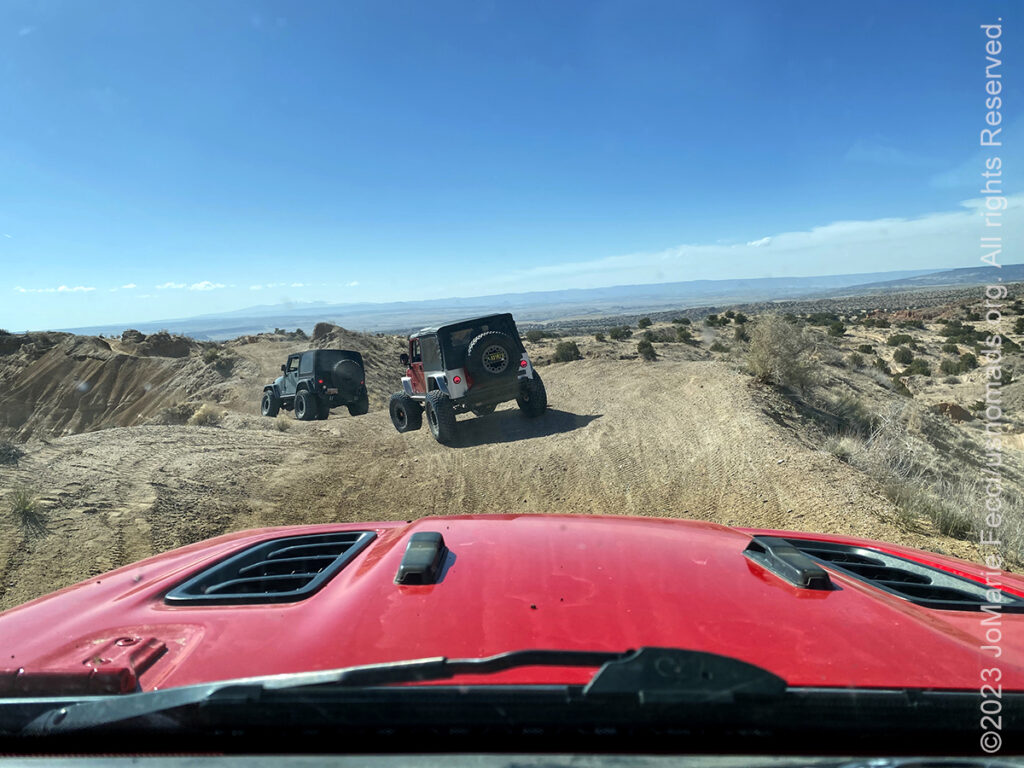
29 March 2023: Back to Jeeps and the desert environment today, with some time on the trails around Rio Puerco, a popular wheeling location on the outskirts of Alburquerque…
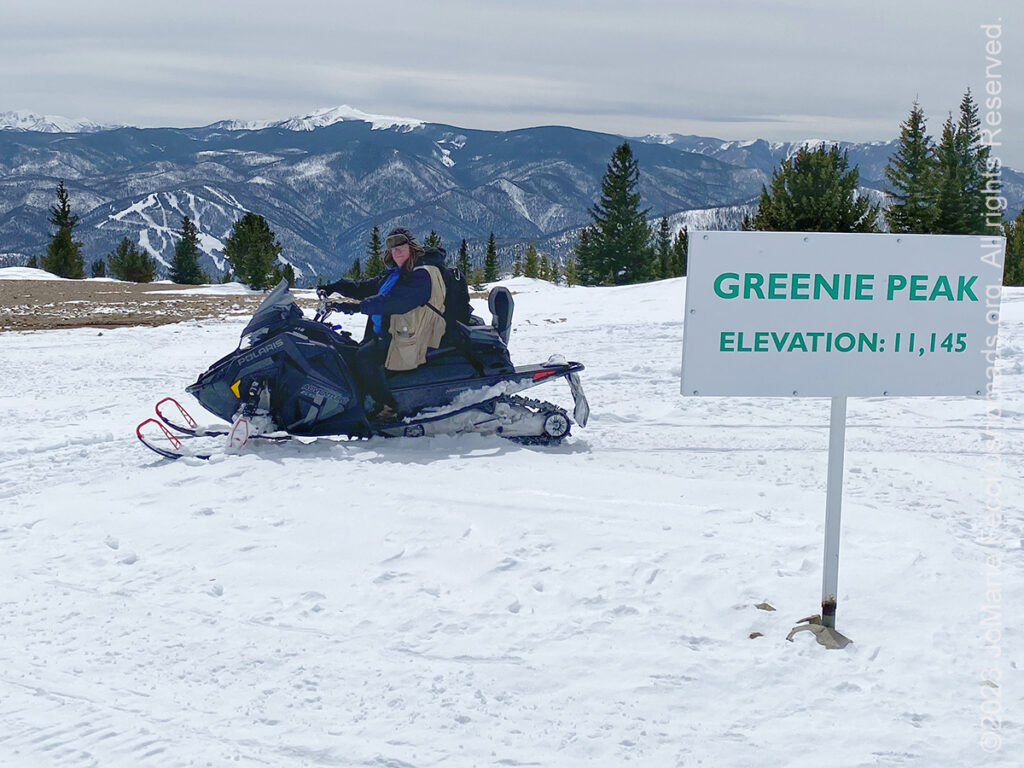
28 March 2023: A true day of adventure while out on a photoshoot to capture imagery of snowmobilers on the trails around Red River, NM. Though we could drive the Jeep up to the location, but found out we ALL needed to go via snowmobile. So got to do something new (and it turned out to be great fun)…
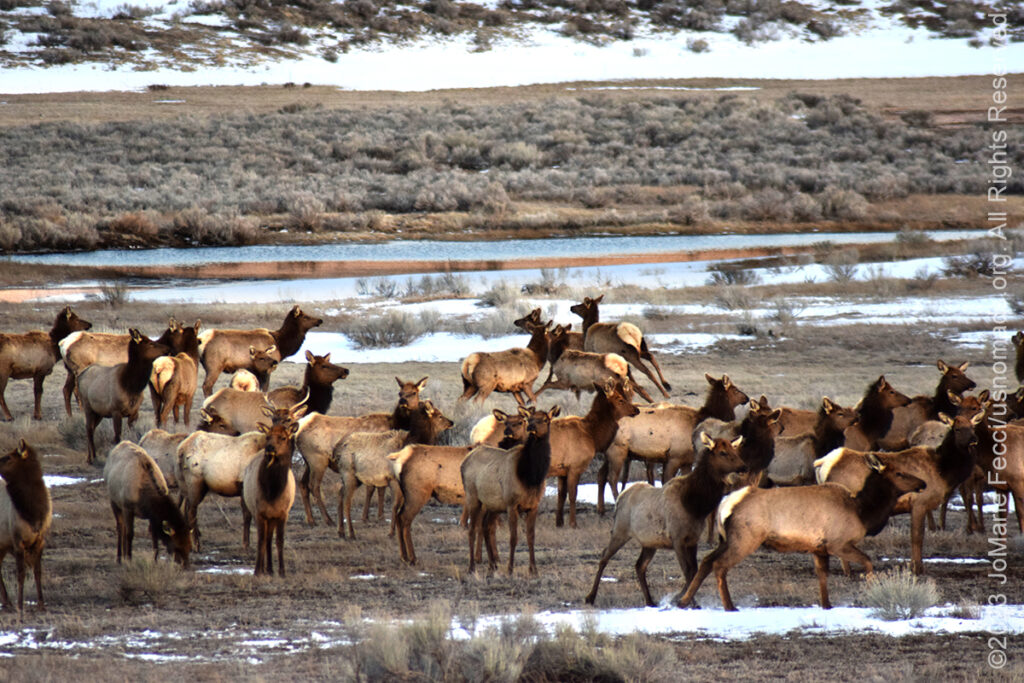
27 March 2023: Leaving the desert terrain behind for a moment and heading into the mountains in New Mexico to the town of Red River — a popular spot for winter sports like skiing and snowmobiling. On the way passed a whole herd of elk grazing along a section of half frozen prairie …
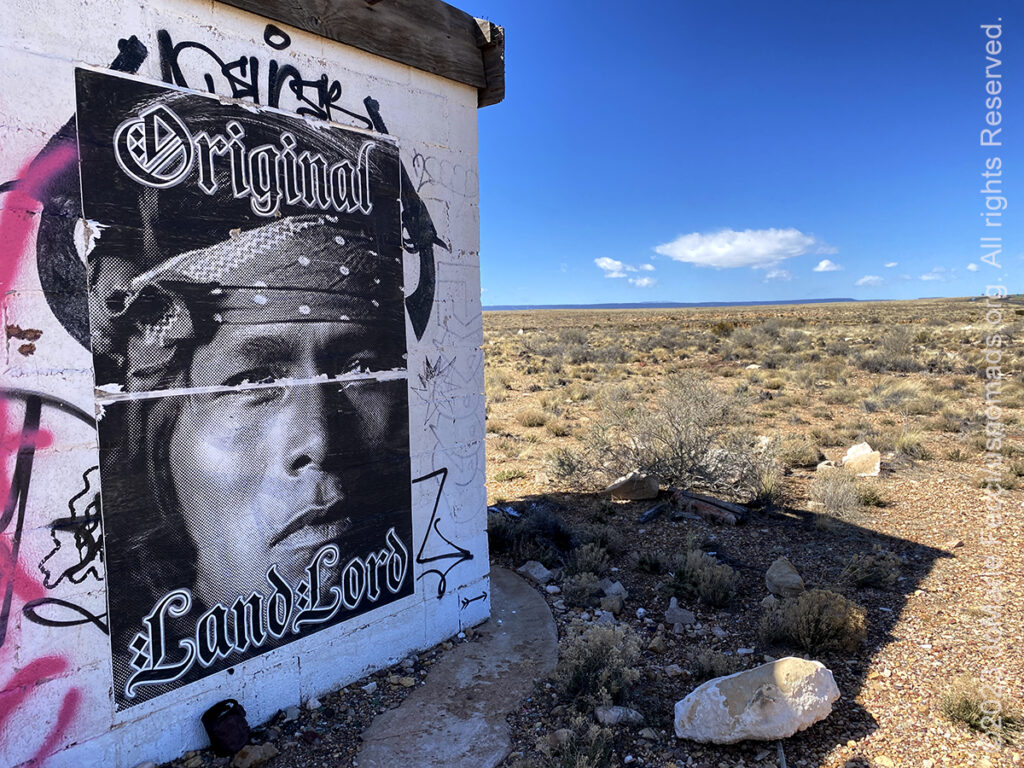
26 March 2023: From Death Valley it was a bit of a marathon to make it to New Mexico for a project that starts in a couple of days. Lots of highway driving from Nevada to Arizona and then heading east. Stopped for a break around the site of the old Two Guns ghost town on historic Route 66 and took some time to appreciate the history of place…
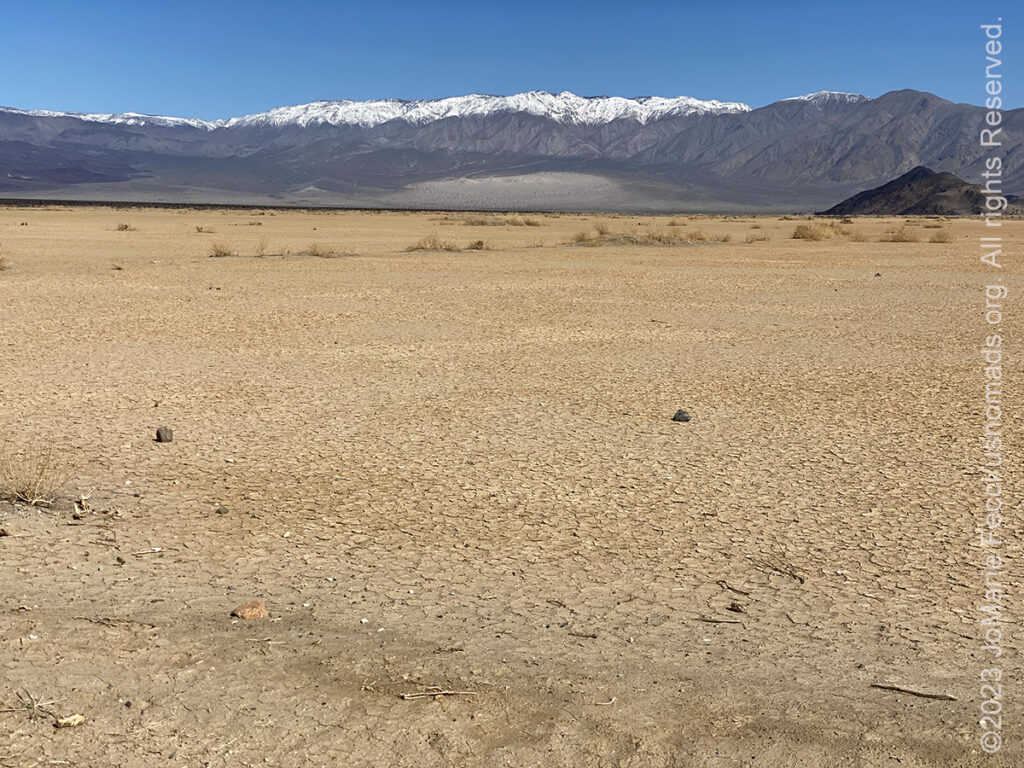
25 March 2023: Led today’s group west outside the actual “Death Valley” and across the Panamint Valley to the Father Crowley Overlook and on to the old mining town of Darwin, then along a nice easy trail through the mine sites on the outskirts of town, with a stop at the China Gardens to see the koi pond, which was a big hit with the kids…
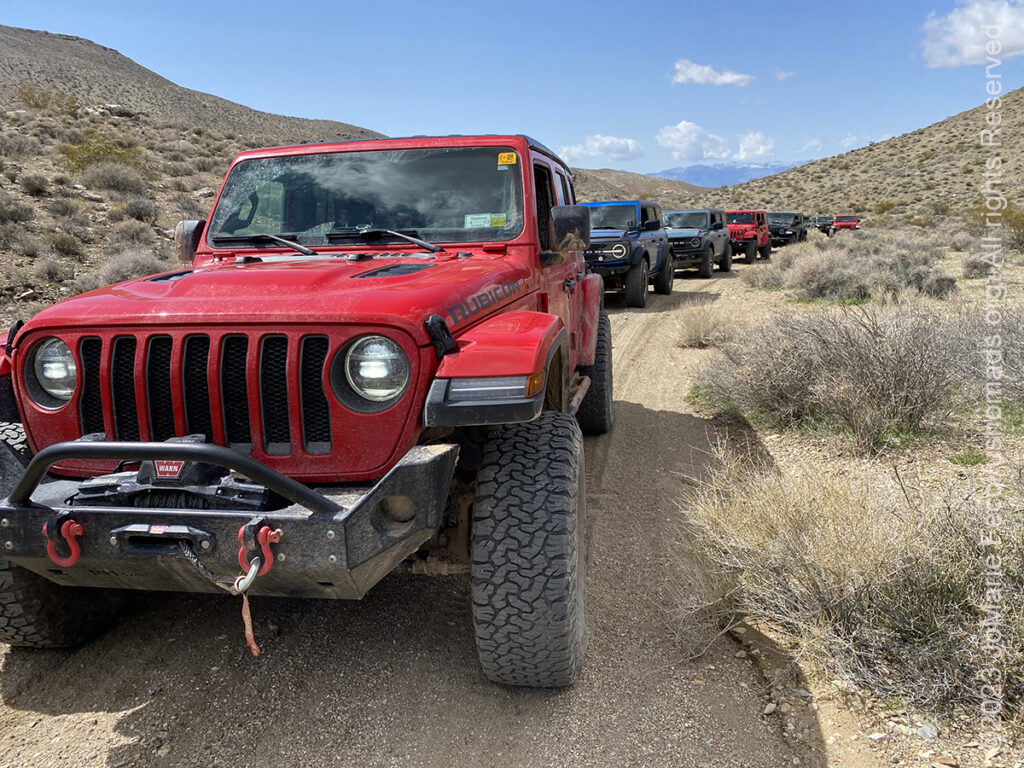
24 March 2023: The “Scenic Central” run goes to the Keane Wonder Mine and Chloride City sites, both great locations with a lot of history and some really cool artifacts to see in addition to amazing views across the valley. Led another great group on this fun route that took them up to the impressive heights of the Chloride Cliffs…
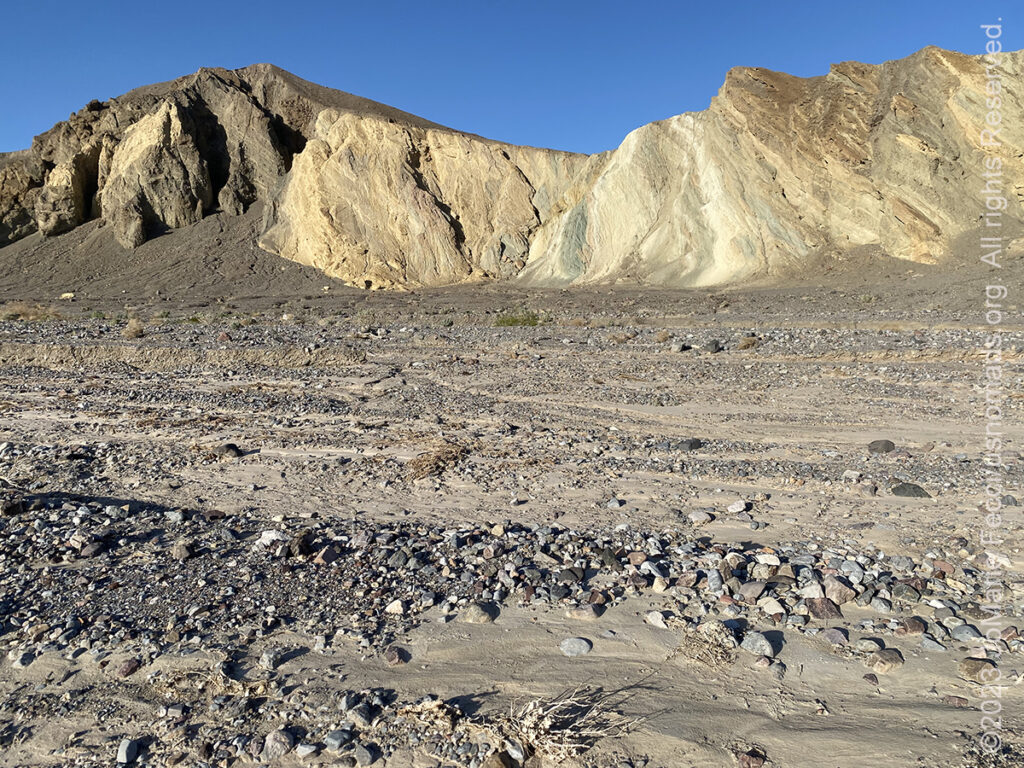
23 March 2023: Took some time to just enjoy the iconic landscapes and harsh beauty of Death Valley in all its splendor today. While it is a real pleasure to share our perspectives on Death Valley with the groups as we lead the different runs, it’s nice to have a break between guiding assignments to just appreciate where we are on our own terms and in our own ways …
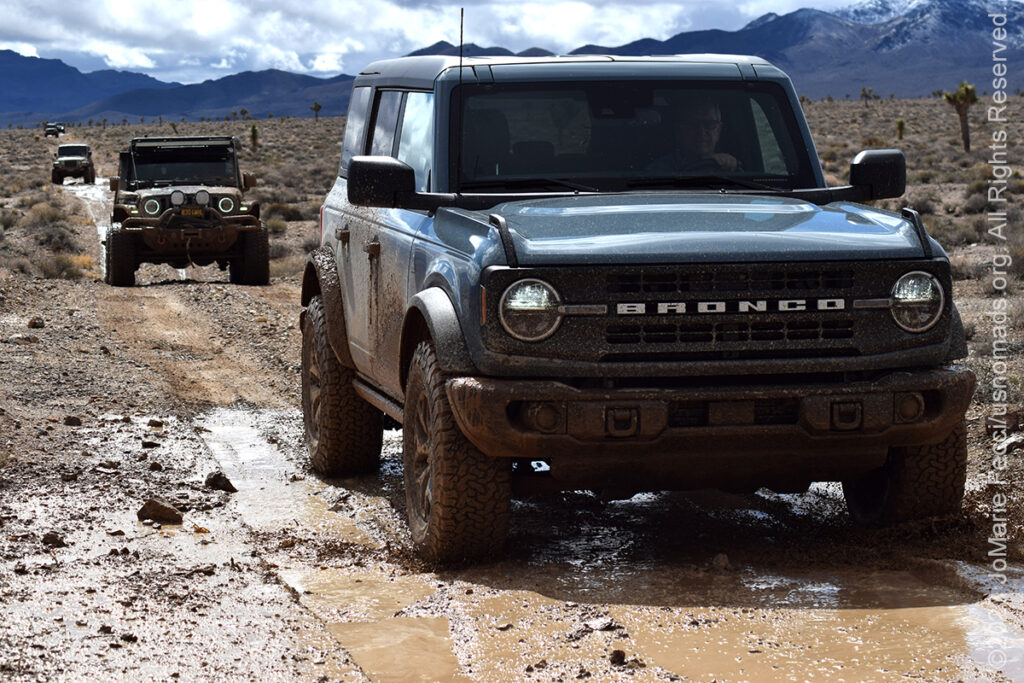
22 March 2023: Guided a great group across the desert to Goldpoint via a route that took us past the Bonnie Claire mine and more. The trail was still a bit wet and though we did our best not to splash mud, the vehicles got a bit muddy anyway. We had to detour to pavement for a short stretch to avoid the snow towards the end, but arrived to Goldpoint and visited the Stateline mine site, too. Was a long day but beautiful scenery on a less traveled desert trail …
THIS MONTH:
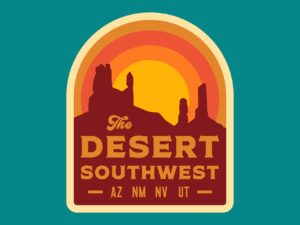
Roadtrip time again. Heading southwest and into the desert for some new exploration as well as a few of our favorite events. Lots of details still to be determined, but we’re on our way…

Joining the Barlow Adventures crew at the Imperial Sand Dunes in southern California to document the training process for a seven-day driving and navigation program focused on moving safely and effectively through the desert…
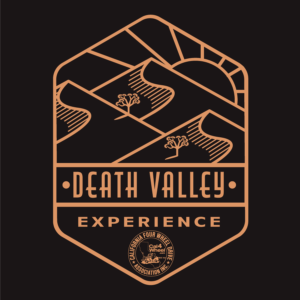
Trail Guiding for the California 4-Wheel Drive Association’s second annual Death Valley Experience fundraiser event running March 22-25, 2023. Each day will feature a choice of runs to some famous, some infamous and some secretive points of interest within Death Valley National Park. The runs will depart from Furnace Creek and from Stovepipe Wells. Some of the points of interest we will visit during Death Valley Experience 2023 include Zabriskie Point (famous) and Barker Ranch (infamous) as well as Dante’s View, 20 Mule Team Canyon, Artists’ Drive, Chloride Cliffs, Aguereberry Point, Skidoo and Darwin Falls. All of the trail runs are suitable for novice drivers and SUVs with high clearance and 4-wheel drive…
COMING UP SOON:

USnomads.org is very proud to be presenting the second edition of the Nomad Overland Virtual Adventure Rally in 2023. This is a new kind of rally experience — a ten week event that participants can do from anywhere within the continental U.S.A. Competitors design their own routes as part of the rally, then drive it in a points-based online competition that includes optional activity tasks, quests and weekly challenges. The 2023 rally will run from 5 June – 13 August and is open to any driver within the United States who has an off-road capable vehicle — stock or modified. Registration for 2023 is open now. For more information see the Rally website …
NAMING DEATH VALLEY
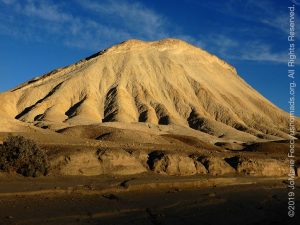
Death Valley’s name is a legacy of the “Lost ’49-ers,” a group of prospectors on their way to the California Gold Rush that got stuck in this harsh desert environment. The group was part of the mass of fortune hunters making their way west after gold was discovered at Sutter’s Mill in California in 1848. One of the supply points along the trail was Salt Lake City, where pioneers prepared for the long journey across the Great Basin desert before climbing over the Sierra Nevada to the gold fields of California. It was important to leave Salt Lake City and cross the desert before snow began to fall on the Sierra Nevada, making them impassible. Only a couple of years before, a group of pioneers called the Donner Party was trapped by a storm, an event that became one of the greatest human disasters of that day and age. The fate of the Donner Party was fresh on everyone’s mind when a group of wagons began their journey from Salt Lake City in October of 1849 — much too late to try to cross the Sierra Nevada safely. The group had heard about “the Old Spanish Trail,” a route that went around the south end of the Sierra Nevada and was safe to travel in the winter. The problems were that no pioneer wagon trains had traversed it and they could only find one person in town who knew the route and would agree to lead them. The going was slower than most of the travelers wanted, but the group’s guide, Captain Jefferson Hunt, would only go as fast as the slowest wagon in the group. Just as the people were about to voice their dissent, a young man rode into camp and showed some of the people a hand-sketched map that showed a fictitous “short cut” across the desert to a place called Walker Pass. Everyone agreed that this would cut off 500 miles from their journey so most of the 107 wagons decided to follow this purported short cut while the other wagons continued along the Old Spanish Trail with Captain Hunt. Almost as soon as these people began their journey, they found themselves confronted with an obstacle, a gaping canyon on the present day Utah-Nevada state line. Most of the people became discouraged and turned back to join Captian Hunt, but more than 20 wagons decided to continue on. It was a tedious chore getting the wagons around the canyon and took several days. Despite the fact that the group didn’t have a reliable map, they decided to continue on thinking that all they had to do was go west and they would eventually find the pass. At Groom Lake they got into a dispute on which way to go. One group—-the Bennett-Arcan party—-wanted to head south toward the distant, snow-clad Mt. Charleston in hopes of finding a good water source. The other group—-the Jayhawkers—-wanted to stay with the original plan of traveling west. The group eventually split and went their separate ways. They entered the valley by way of present day Death Valley Junction and along the same route followed by Highway 190. The lost ’49ers had now been traveling across the desert for over two months. Their oxen were weak from lack of forage and their wagons were battered and in poor shape. They too were weary and discouraged but their worst problem was not the valley that lay before them. It was the towering Panamint Mountains that stood like an impenetrable wall as far as could be seen. From Furnace Creek, the routes of the two groups diverged. The Jayhawkers (including the Brier family) went north toward the Mesquite Flat Sand Dunes where they decided they would have to leave their wagons and belongings behind and walk. They slaughtered several oxen and used the wood of their wagons to cook the meat and make jerky. After crossing the Panamint Mountains via Towne Pass and dropping down into Panamint Valley, most of them turned south, making their way into Indian Wells Valley near the present day city of Ridgecrest. Meanwhile, the Bennett-Arcan party struggled across the salt flats and attempted to pass over the Panamint Range via Warm Springs Canyon, but were unable to do so. They retreated to the valley floor and sent two young men, William Lewis Manly and John Rogers, ‘over the mountain’ to get supplies, thinking the Panamint Range was the Sierra Nevada. When Manly and Rogers finally arrived back to the camp of the Bennett-Arcan party they found many of the group had left to find their own way out of the valley. As they finally made their way west over the mountains, one of the prospectors turned back to look at the valley below and proclaimed “Goodbye, Death Valley,” giving the valley its name …
ABOUT GOLDPOINT NV:
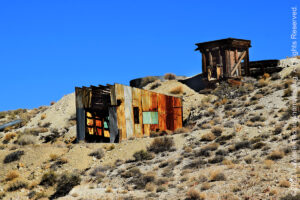
The area that would become Gold Point was first settled by ranchers and a few miners during the 1880s. The small camp of Lime Point was formed a few hundred yards west of the present town, at an outcropping of limestone. When new discoveries of gold and silver established the major mining towns of Tonopah and Goldfield, Nevada in the early 1900s, a flood of prospectors returned to Lime Point. In 1902 silver was discovered in the area, and the old camp was revived and renamed Hornsilver (an informal name for the silver mineral chlorargyrite). Scarcity of water in the area required that the ore be shipped to nearby Lida for milling. The nearest major supply town was about 250 miles north at Unionville, a mining town northeast of present-day Lovelock. The miners did not find silver in abundance, the costs of shipping the ore to Lida became too high, and, within a year, the settlement was abandoned. In 1905, the Great Western Mine Company began operations about a half mile southeast of Hornsilver and discovered a rich silver vein which brought a stampede of miners back to the camp. In addition to the rich silver ore, gold was also mined in small quantities. By 1908, the tent homes turned into more permanent wooden structures and the camp became a boomtown that consisted of 125 dwellings, a post office, bakery, hotels, cafes, a store and numerous saloons. As deep ore bodies were extensively developed, the town peaked at a population of around 1,000 with over 225 wood-framed buildings, tents and shacks throughout the camp. In 1909, litigation due to claim jumping brought many of the area mining properties into the courts. These many lawsuits, along with inefficient and costly milling practices, halted the town’s growth just a little more than a year after it was established. Before long, most of its businesses closed and its residents again moved on. But Hornsilver was not yet a ghost town, as mining operations resumed again in 1915. In 1927, a miner by the name of J.W. Dunfee went down the mine and made an even better discovery – gold. Within a few years, more gold than silver was being mined and the town’s name was changed to Gold Point. It was after this discovery that Gold Point enjoyed its longest period of success, at a time that the rest of America was suffering from depression. However, when World War II began, the government ordered all gold mines to shut down as nonessential to the war effort. Mining at Gold Point stopped, and once again most of its residents drifted away or went off to war. After the war, mining resumed on a smaller scale and continued until the 1960s when a cave-in occurred from a dynamite blast at the Dunfee Shaft. More expensive to fix than the quantity and value of ore extracted would pay, the mine closed…
MORE NOTES FROM THE ROAD:
15-21 March – Arizona
8-14 March – Joshua Tree
1-7 March – Glamis
20-28 February – Southwest Roadtrip
1-19 February – Woman and Machine
January – Woman and Machine
22-31 December – Holiday Roadtrip
16-21 December – Holiday Roadtrip
1-15 December – Long Island
November – Long Island
22-31 October – Roadtrip East
15-21 October – Moab LONCON
8-14 October – Moab LONCON
1-7 October – Roadtrip West
22-30 September – Roadtrip West
16-21 September – Roadtrip West
1-15 September – Long Island
August – Long Island
15-31 July – Serbia
1-14 July – NE Roadtrip
16-30 June – NE Roadtrip
1-15 June – Long Island
May – Nomad Rally Prep
16-30 April – Long Island
7-15 April – Heading Back to NY
1-6 April – Heading Back to NY
Archive
SPECIAL REPORT
All about exploring ghost towns and abandoned places in the USA and beyond, with tips, and information on the many different types of sites to be found across the globe, including detailed guides for eight specific sites… [read]
REFLECTIONS
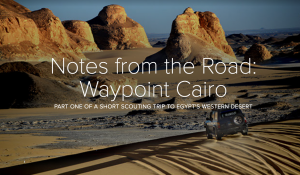
EGYPT: CAIRO REFLECTIONS
A quick overview of impressions from a stop in Cairo during our recent scouting mission in Egypt and Sudan … [read]
SPECIAL REPORT
A look into south-eastern Algeria on the border with Libya and Niger: overlanding with the Tuareg in one of the most remote corners of the Sahara … [read]